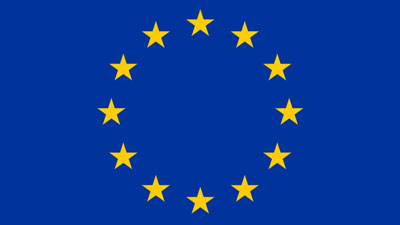Metaverse Meets Management: A Modular Approach to Augment Management Practices With Augmented and Virtual Reality
Practitioners in strategic management often struggle to address the complexities of strategic planning, leading many ...
Practitioners in strategic management often struggle to address the complexities of strategic planning, leading many ...
This study explores the orchestration of hackathons targeting the creation of new ideas and innovation. We employed a...
The emergence of modern robotic technology and artificial intelligence (AI) enables a transformation in the textile s...
The integration of industrial and collaborative robots (cobots) in Small and Medium Size Enterprises (SMEs) has been ...
Innovation shocks combine technology and market disruptions. They can lead to a complete overhaul of an industry. Bui...
Data has become a powerful source of competitive advantage in contemporary business-to-business (B2B) markets, enabli...
Aiming at fostering digital innovation for value creation, incumbent firms have largely adopted dedicated and separat...
In the food and medical packaging industries, clean packaging is crucial to both customer satisfaction and hygiene. A...
Over 60 years of scholarship have been dedicated to describing meaning-making processes through which organisational ...
Mobile telepresence robots (MTRs) allow communication and mobility to interact from a distant location. In health car...
The growth in intelligent machines entering the workplace continues to challenge organizations’ digital transformatio...
Public food procurement (PFP) plays an important role in establishing such agri-food systems. Our study explores loca...
EINST4INE: The European Training Network for InduStry Digital Transformation across Innovation Ecosystems
Einst4ine (at) rmit.edu.au

This project has received funding from the European Union’s Horizon 2020 research and innovation programme under the Marie Skłodowska-Curie grant agreement No 956745. Results reflect the author’s view only. The European Commission is not responsible for any use that may be made of the information it contains.

This project has received funding from the European Union’s Horizon 2020 research and innovation programme under the Marie Skłodowska-Curie grant agreement No 956745.
Results reflect the author’s view only. The European Commission is not responsible for any use that may be made of the information it contains.